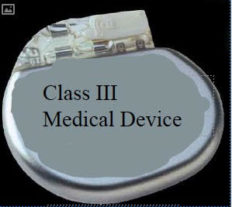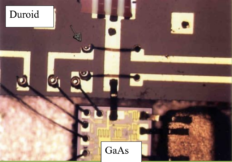Wirebond engineers and technicians primarily rely on three means by which to evaluate the integrity and reliability of a wirebond interconnect. Destruct/non-destruct pull test, ball shear, cross-sections, intermetallic coverage under the ball are tests used to evaluate the mechanical strength as part of process development and in line process controls. Reliability testing and evaluation involves these same tests after prolonged environmental exposure such as, temp cycling, burn-in, humidity testing etc. according to standards such as AEC-Q100. Much has been written about the above. A third and very important consideration in wirebonding is visual inspection of the deformed wire after wirebond formation. The amount of wire squash-out, placement of the bond on the pad relative to nearby circuitry, looping profiles and heel integrity are all very important aspects of wirebond interconnect inspection. Poor workmanship can lead to noncompliant bonds per visual inspection criteria and can directly impact the reliability of the finished product. Bond pad inspection prior to bonding is also a critical aspect that is often overlooked. Historically, MIL-STD-883 has served as a baseline set of visual specs related to wirebond, and package assembly in general. Many company quality documents reference MIL-STD-883 TM 2017 and TM 2010 and/or cut and paste the bond inspection criteria into internal documents. This paper critically reviews the wirebond visual inspection criteria contained in MIL-STD-883 relative to the requirements of a fully optimized modern day wirebond process.
White Paper – A Critical Review of Wirebond Visual Inspection Criteria
$0.00











